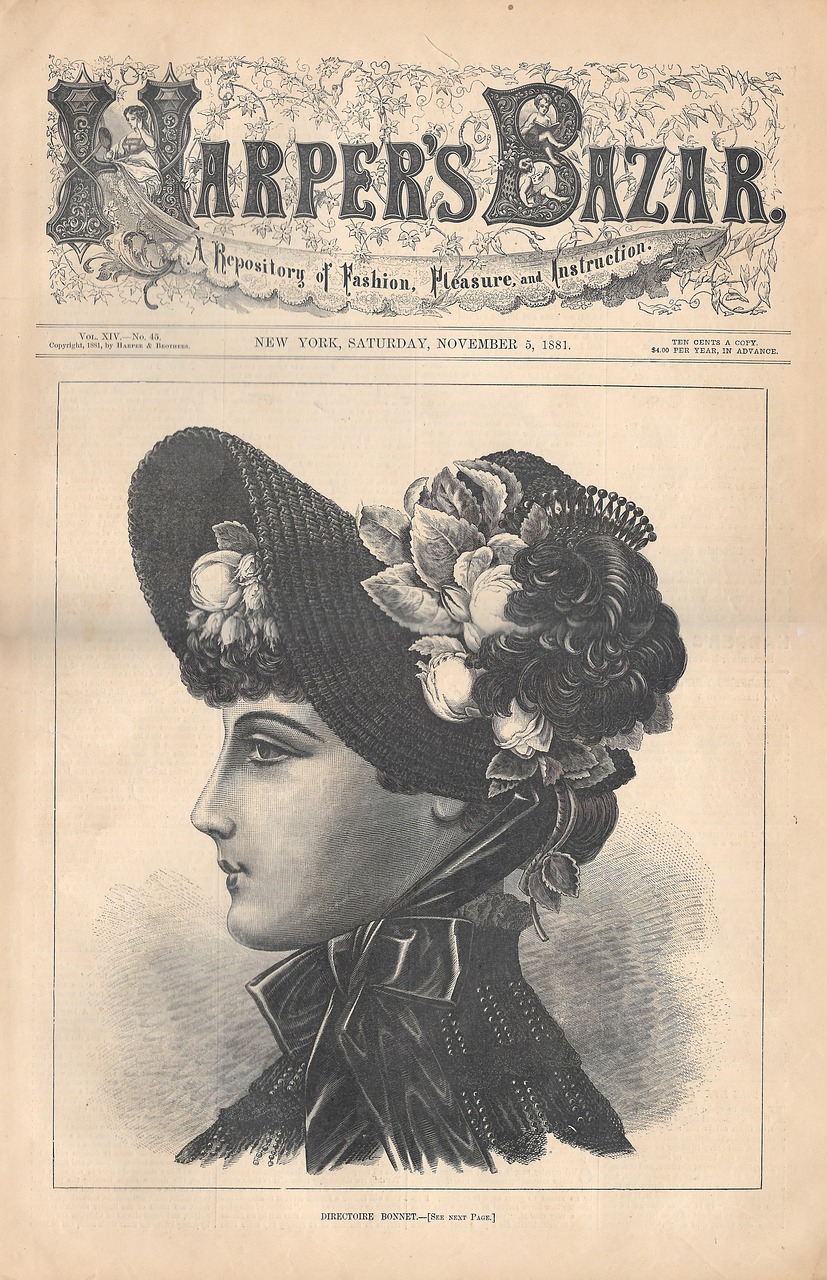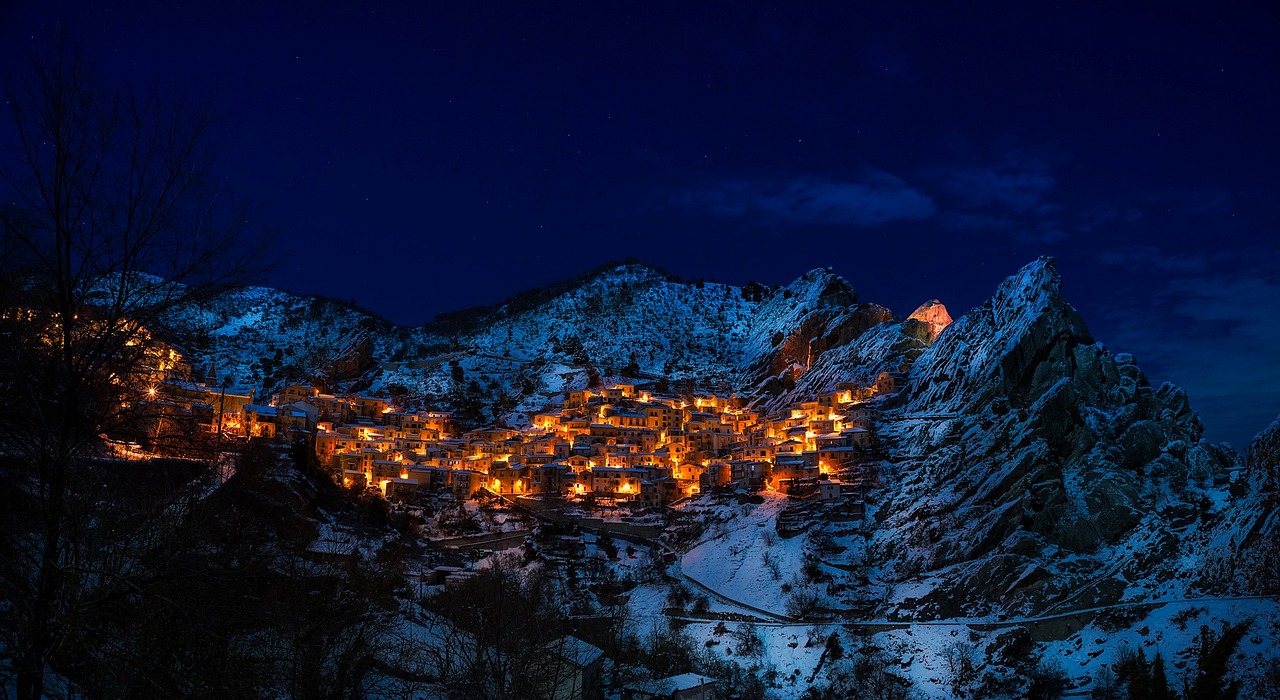The Yambol Covered Bazaar, also known as Yambol Bezisten, stands as a captivating Ottoman landmark in the heart of Yambol, Bulgaria. Built in 1509-1510, this grand structure represents one of the largest and most significant remnants of the Ottoman era in the country.
Its historical and architectural value cannot be overstated. With its four iron doors, the bazaar stands out as a unique feature in Bulgaria. Originally adorned with olive leaves, the roof and semicircular tower were later replaced with ceramic tiles and eventually a corrugated tin roof.
While it no longer functions as a commercial center, the bazaar remains an impressive architectural monument and cultural landmark. Its elegant lines of vaulted shops, adorned with colorful yellow arches decorated with blue leaves, evoke a sense of awe and admiration. Moreover, the bazaar’s exceptional acoustic properties make it an ideal venue for concerts.
Within its walls lie hidden treasures, waiting to be discovered by those who seek them. The Yambol Covered Bazaar is not only a testament to Ottoman urban construction but also a symbol of freedom and cultural heritage.
Key Takeaways
- The Yambol Covered Bazaar is an impressive Ottoman landmark in Yambol, Bulgaria, built in 1509-1510.
- It is one of the largest remnants of the Ottoman era in the country and showcases a unique architectural design with its four iron doors.
- The bazaar’s vaulted shops are adorned with colorful arches decorated with blue leaves, preserving its original charm and cultural heritage.
- While no longer a commercial center, the bazaar remains a popular tourist attraction, contributing to cultural preservation and the local economy.
History and Construction
The Yambol Covered Bazaar, built in 1509-1510, is a significant Ottoman institution that has remained as one of the largest structures in Yambol, Bulgaria.
This architectural marvel is distinguished by its four iron doors, making it the only bazaar of its kind in the country.
The bazaar holds immense cultural significance due to its preservation of Ottoman influence in the region. Despite the passage of time, the Yambol Covered Bazaar has managed to retain its original charm and character. The restoration efforts in 1973 have ensured that this cultural landmark closely resembles its original appearance.
This captivating structure serves as a testament to Ottoman urban construction and stands as an excellent example of architectural heritage.
The Yambol Covered Bazaar not only highlights the historical significance of the Ottoman era but also showcases the importance of cultural preservation in today’s diverse society.
Architectural Features
Constructed in the early 16th century, the Yambol Covered Bazaar showcases a distinctive architectural design characterized by its unique features. The bazaar is renowned for its four iron doors, which are the only ones of their kind in Bulgaria. These doors serve as grand entrances, inviting visitors into the bustling marketplace.
Inside, the bazaar boasts a series of vaulted shops along its longer walls, providing a fascinating glimpse into Ottoman urban construction. The most striking architectural elements are the colorful yellow arches adorned with blue leaves, adding a vibrant touch to the interior. This design choice not only enhances the visual appeal of the bazaar but also pays homage to the Ottoman influence on the region.
The preservation of these architectural features is crucial for maintaining the cultural integrity of the Yambol Covered Bazaar as a significant Ottoman landmark.
Current Significance
Despite its age, the Yambol Covered Bazaar continues to attract visitors with its vibrant atmosphere and rich cultural heritage. The bazaar, declared a cultural landmark in 1972, serves as a testament to the Ottoman urban construction and is considered one of the most beautiful bazaars in the Balkans.
While it no longer serves as a commercial center, its current significance lies in its cultural preservation and economic impact. The bazaar has been restored to closely resemble its original appearance, allowing visitors to experience the architectural splendor of the past.
Additionally, the bazaar’s excellent acoustic properties make it a popular venue for concerts and cultural events. The preservation of this historical monument not only contributes to the city’s cultural identity but also attracts tourists, thus boosting the local economy.
Frequently Asked Questions
What types of items can be found in the Yambol Covered Bazaar today?
The Yambol Covered Bazaar is a tourist attraction and cultural heritage site. It offers a variety of items, including trinkets and valuable goods. However, its primary appeal lies in its impressive architectural monument and historic significance.
How has the bazaar’s function changed over the years?
Over the years, the function of the Yambol Covered Bazaar has changed from being the heart of the city’s commercial activity to a warehouse during the War of Liberation. It no longer serves as a commercial center but remains an impressive architectural monument. Its historical significance lies in being the only Ottoman institution still existing in Bulgaria. The bazaar had a significant impact on the local economy, attracting merchants and artisans and contributing to trade in the region.
Are there any events or activities held in the bazaar today?
The Yambol Covered Bazaar today hosts various events and activities, such as concerts due to its excellent acoustic properties. Visitors can explore the bazaar and find valuable items among the trinkets. The bazaar’s function has changed from a commercial center to an architectural monument. The semicircular tower has been preserved and the bazaar was restored in 1973 to resemble its original appearance.
Can visitors explore the semicircular tower of the bazaar?
Visitors are unable to explore the semicircular tower of the bazaar. However, the historical significance of the bazaar’s architecture lies in its impressive structure and unique design, making it a must-see for those interested in Ottoman urban construction.
How has the bazaar been preserved and restored over time?
Preservation techniques have been employed to maintain the historical significance of the Yambol Covered Bazaar. Restoration efforts in 1973 restored its original appearance, and it was declared a cultural landmark in 1972.












